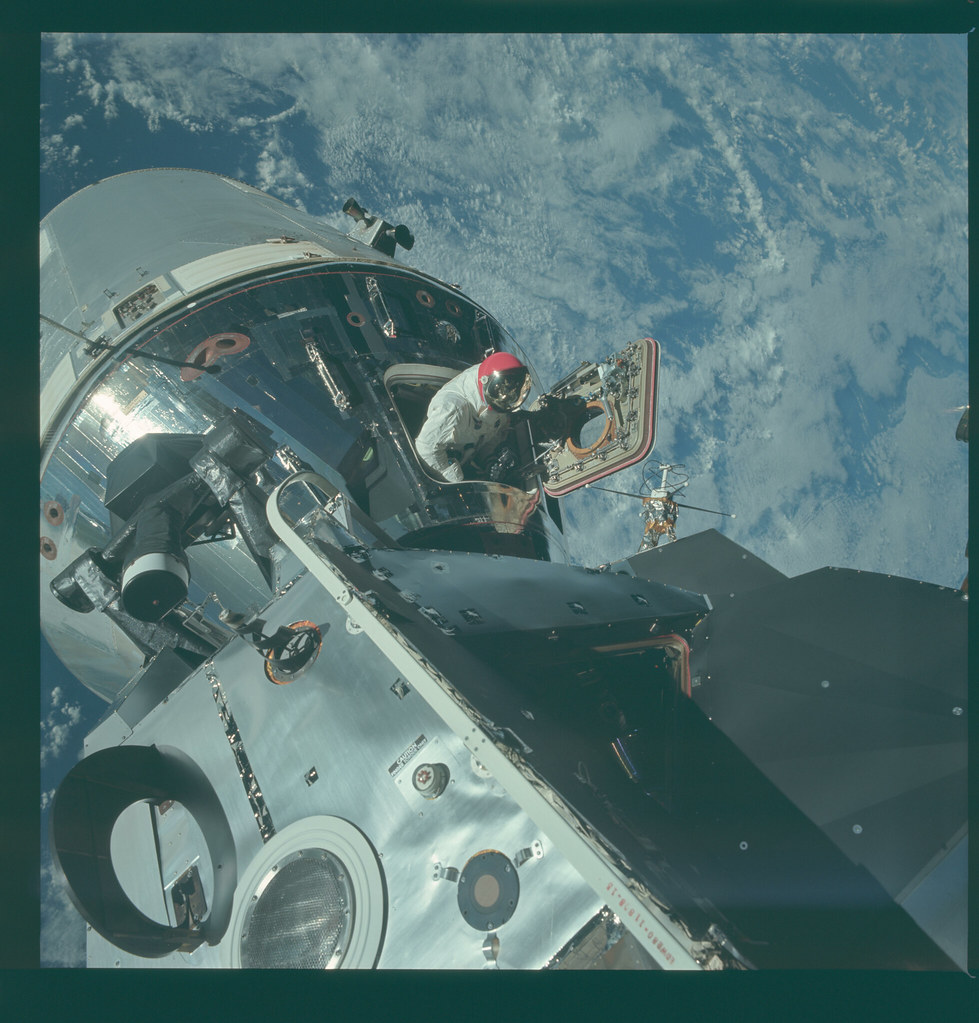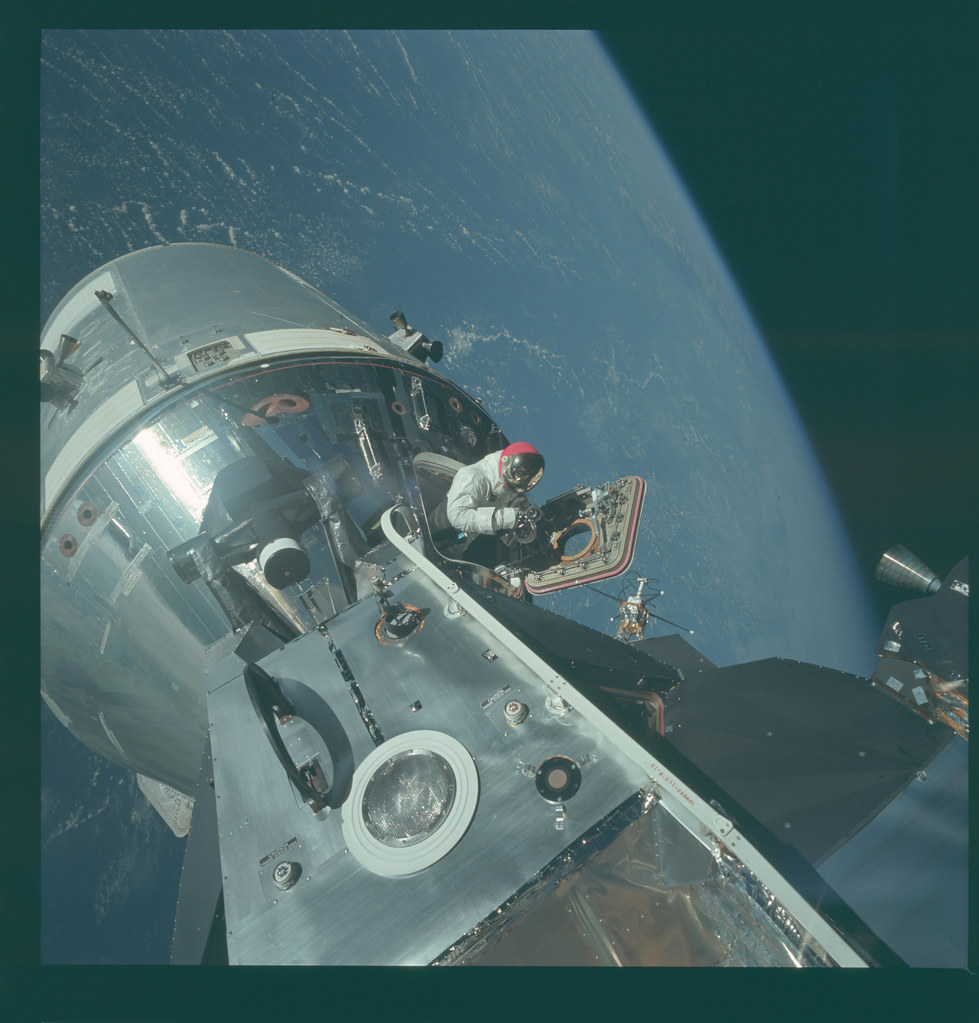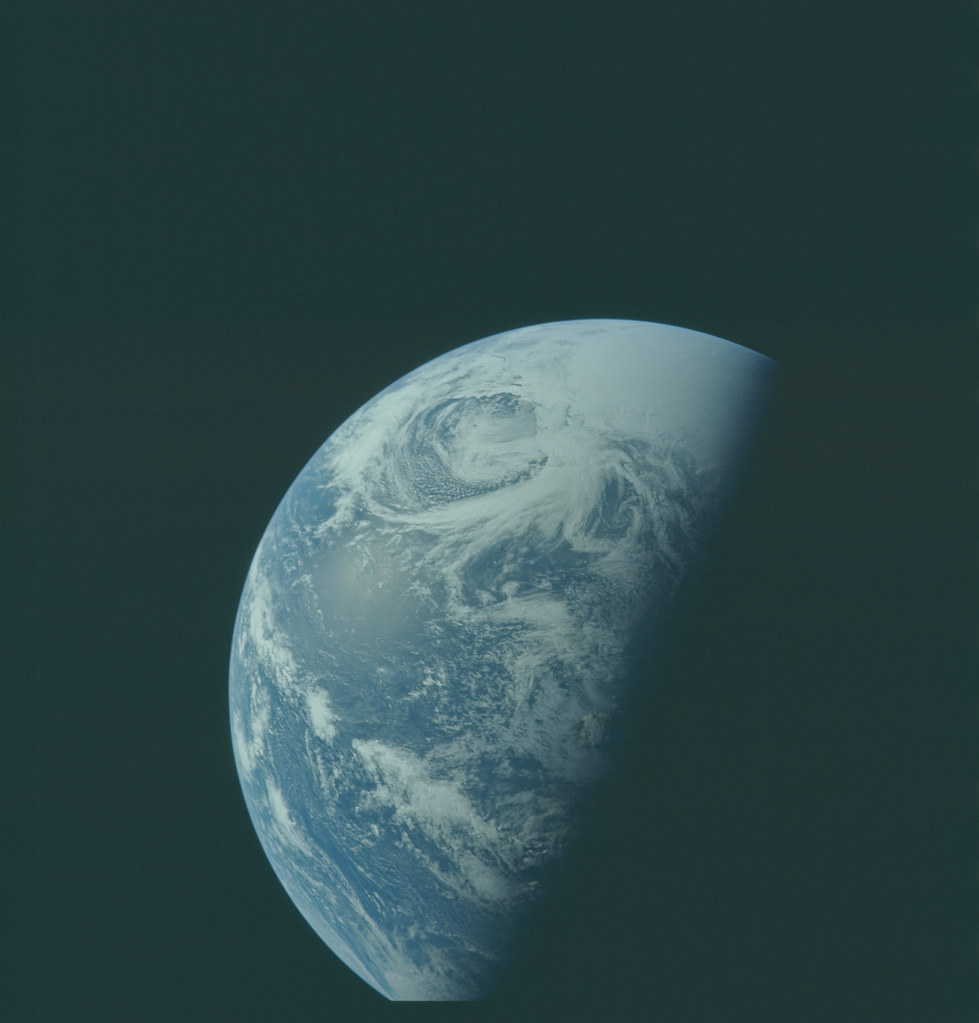V-2
[ [ AT/GC ] ]
So yeah, decided to create a Coli incarnation with the purpose of being an all-encompassing thread for the general discussion, latest news, history, videos, infographics, photographs of everything Space Science / Astronomy related. Thread is for people that have everything from the most casual passing interest to a primary passion for the topics at hand to browse, read, post, discuss, learn and/or educate, including but not limited to:
> Earth Science
> Planetary Science
> Astrophysics
> Astronautics
> Space Exploration
> Space Technology
Already got a good chunk of material to post, starting off with some old school stuff.
In October 2015, NASA dumped over 10,000 unprocessed photos in their original form from the Apollo missions out of their archives and onto the internet. All scanned at a resolution of 1800 DPI and even sorted by the roll of film they were on. Funny thing is, the photos have always been available in the public domain albeit not so painstakingly well organized in one place and this effort was actually an independent one by Kipp Teague, a long time employee at the NASA history office
Project Apollo Archive (Link)





> Earth Science
> Planetary Science
> Astrophysics
> Astronautics
> Space Exploration
> Space Technology
Already got a good chunk of material to post, starting off with some old school stuff.
In October 2015, NASA dumped over 10,000 unprocessed photos in their original form from the Apollo missions out of their archives and onto the internet. All scanned at a resolution of 1800 DPI and even sorted by the roll of film they were on. Funny thing is, the photos have always been available in the public domain albeit not so painstakingly well organized in one place and this effort was actually an independent one by Kipp Teague, a long time employee at the NASA history office
Project Apollo Archive (Link)










